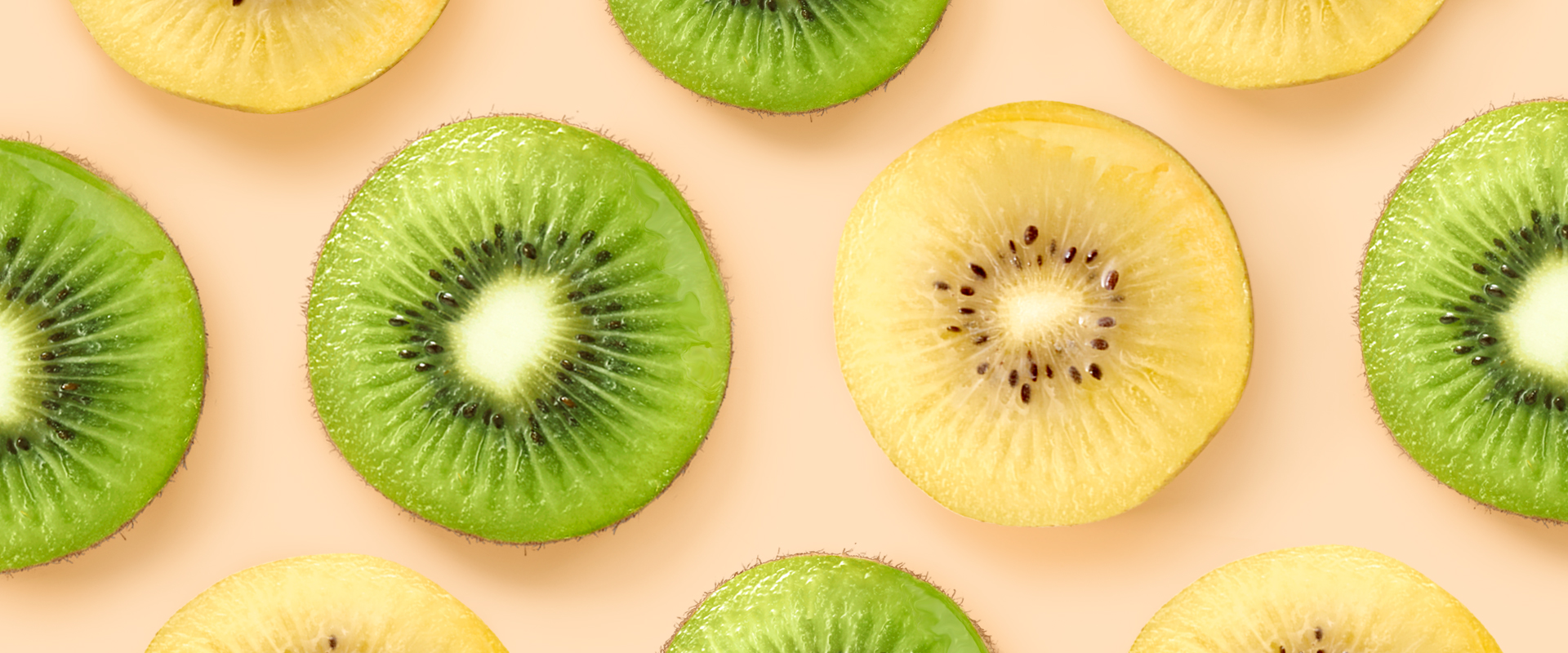An easy way to feel lightness and well-being
-
Digestive Health
While there’s no “right” number of bowel movements you should have per week, if you’re producing fewer than three, chances are you might be constipated. Luckily, however, constipation is usually relatively simple to relieve, reverse and even prevent in the first place. This is because most cases of constipation are caused by lifestyle factors, particularly insufficient dietary fibre, which can easily be corrected by eating plenty of high-fibre foods –such as Zespri Green kiwifruit!
What causes constipation?
For most men, constipation means one or more of the following1 :
- Having bowel movements too infrequently (typically fewer than three times a week)
- Having hard or small, lumpy stools
- Having stools that are hard to pass or cause straining
- Having painful bowel movements
- Having the sensation of incomplete emptying after a bowel movement.
The above symptoms happen either because the large intestine (colon) absorbs too much water or because the colon's muscle contractions are slow or sluggish.1 This causes the formation of hard, dry stools that are difficult to pass, and is usually the result of not eating enough fibre, drinking too little water and not doing enough exercise.1
The best natural constipation remedies
One way to bring balance back to your gut is to be sure that you are consuming plenty of high-fibre foods such as fruits and vegetables, and very little (if any) processed foods.
Fibre is important because it draws water into the gastrointestinal tract, which bulks up the stool and make it easier to pass. Getting regular exercise and drinking plenty of water will also help ease constipation.
Relieve constipation naturally with Zespri Green kiwifruit
Zespri Green kiwifruit have been shown to relieve constipation and improve bowl movement frequency in a number of clinical studies.2,3 This is because they are high in two types of fibre – both soluble and insoluble – which work together simultaneously.4
As soluble fibre moves through the digestive system it is able to hold water, creating larger and softer stools that move more easily through the colon. When stools are hard and dry, they have trouble moving through – that's when you experience straining. Insoluble fibres also help the movement of stools through the digestive tract by adding extra bulk. The optimal proportion of both fibre types results in a lubricating effect that helps to promote bowel movement.
Beat stomach problems with Zespri Green kiwifruit
In addition to its laxative effects, studies have shown that eating Zespri Green kiwifruit also helps prevent uncomfortable bloated feelings.5 This is because they contain actinidin, a natural digestive enzyme unique to kiwifruit which can improve the digestion of protein (such as in meat and dairy products).
So what are you waiting for! Try adding two Zespri® Green kiwifruit to your daily diet to help combat constipation and improve digestive comfort.
Constipation quick tips
- Eat a well-balanced, healthy diet full of fibre-rich foods such as fruits and vegetables
- Drink plenty of water
- Take regular exercise (daily if possible)
- Never ignore the urge to have a bowel movement
- Take your time when having a bowel movement
Sources
- Johns Hopkins Medicine. Constipation. Available from: http://www.hopkinsmedicine.org/healthlibrary/conditions/digestive_disorders/constipation_85,P00363/ (accessed 19 October 2016)
- Rush EC, Patel M, Plank LD, Ferguson LR: Kiwifruit promotes laxation in the elderly. Asia Pac J Clin Nutr 2002;11:164-168.
- Chan AO, Leung G, Tong T, Wong NY: Increasing dietary fiber intake in terms of kiwifruit improves constipation in chinese patients. World J Gastroenterol 2007;13:4771-4775.
- New Zealand Ministry of Health. New Zealand FOODfiles 2014 Version 01. www.foodcomposition.co.nz/
- Kaur L, et al. Actinidin enhances protein digestion in the small intestine as assessed using in an in vitro digestion model. J Agric Food Chem. 2010;58:5068–73



